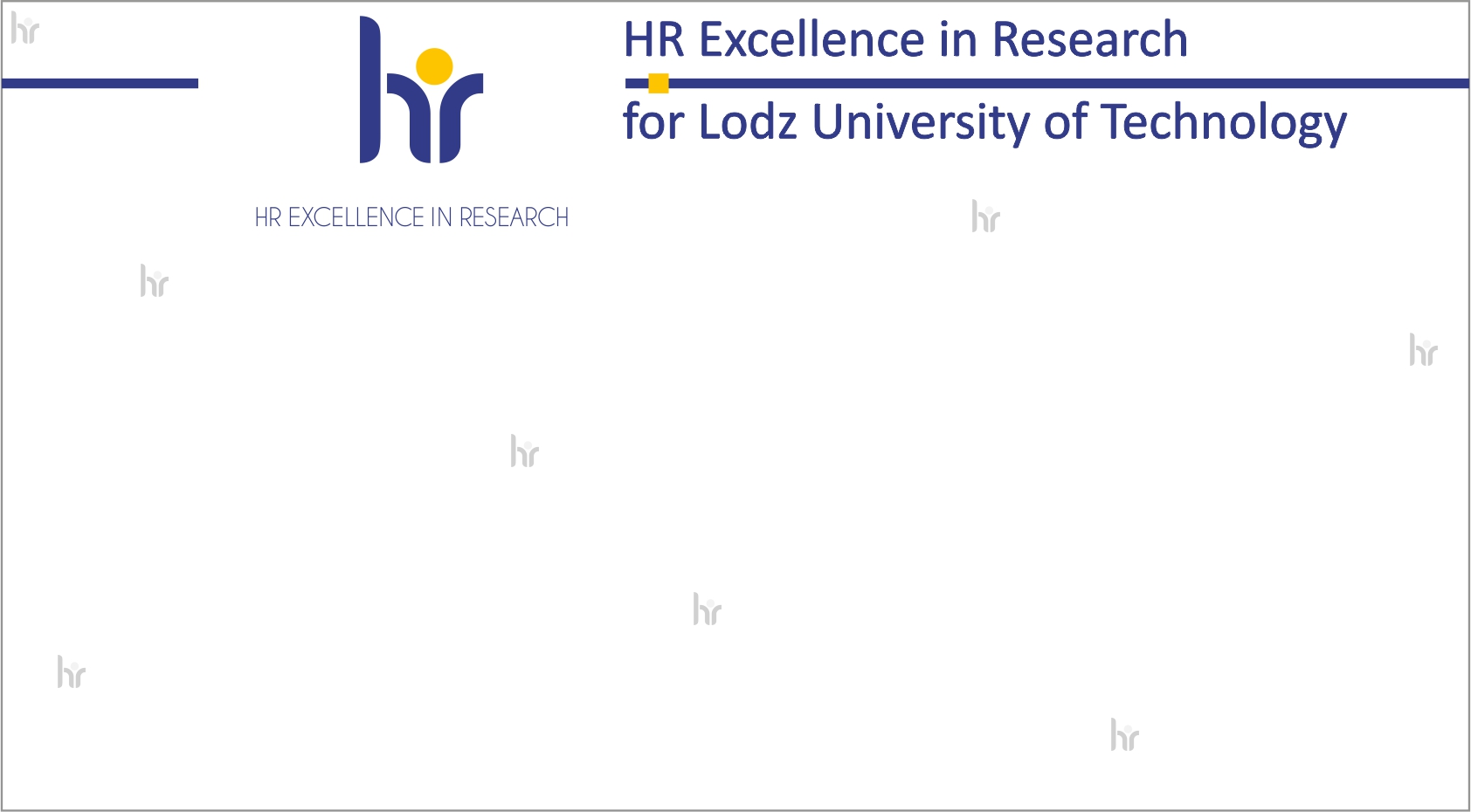









The first Polish VCSEL was developed as part of the project ‘Technologia produkcji kluczowych dla rozwoju fotoniki nowatorskich struktur epitaksjalnych oraz przyrządów laserujących VCSEL’ (Technology for the fabrication of innovative epitaxial structures and VCSEL laser instruments, critical for the advancement of photonics). The project is co-funded with a public grant awarded by the National Centre for Research and Development and carried out by a consortium of researchers from TUL, UW and Vigo System - a business partner and leader of the project.
- Fabrication of VCSELs is a complex process which, especially in the early stages, requires that the partners cooperate very closely. The process starts with the design of lasers and is carried out with the aid of numerical models. Based on that, semiconductor wafers are made by epitaxial growth, whose crystal properties must be controlled with great precision. The wafers are then processed into individual lasers and finally the finished lasers are characterized in terms of their emission properties, energy efficiency, etc. - professor Tomasz Czyszanowski, head of the Photonics Research Group developing the prototype laser at the Faculty of Technical Physics, Information Technology and Applied Mathematics, TUL, explains.
The project involves scientists from the Photonics Research Group of the Institute of Physics: mgr Patrycja Śpiewak and inż. Weronika Głowadzka who are responsible for the design of lasers, dr Marcin Gębski carries out the processing which is a complex, multiple-step operation, whereas laser characterization takes place at the laboratory of professor Michał Wasiak. The next stage of the project, which is directed by professor Robert Sarzała, involves making of VCSEL matrices that enable achieving very high power of optical radiation.
As the project partners report, the VCSEL market is one of the most dynamically developing areas in the field of photonic equipment. The value of the market, which in 2017 stood at about 330 million USD, is estimated to increase tenfold by 2026. In recent years, the deployment of VCSELs has contributed to a rapid increase in the capacity of local telecommunication networks and mass application of sensors for object, face, gesture recognition systems, becoming an indispensable element of autonomous vehicles, robots, drones, and cell phones.